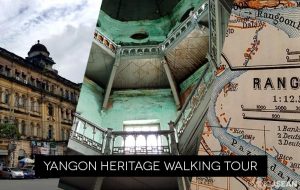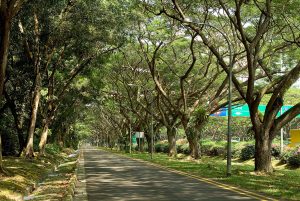Speaking of ecotourism, Myanmar offers vast, well-protected parklands that no nature lovers can afford to overlook. The National Kandawgyi Botanical Gardens promise to be a pleasant surprise that all present will long remember.
/// Myanmar ///
Story: Panchat Changchan /// Photo: Rithirong Chanthongsuk
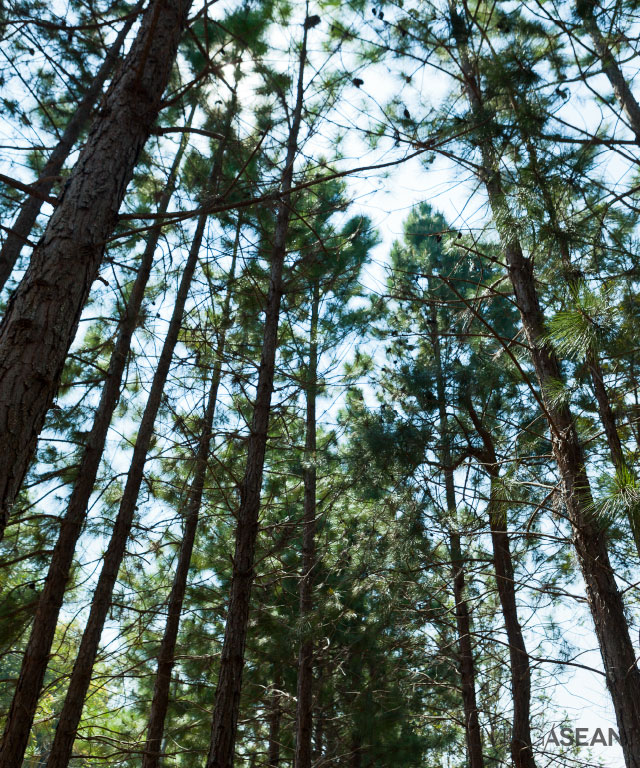


Myanmar, also known as the “Land of pagodas,” is rich in cultural heritage sites and vast parklands well worth a visit. Among them, the National Kandawgyi Botanical Gardens are cherished by the eco travelers. The vast parklands are located at 1,000 meters above sea level at the town of Pyin Oo Lwin, some 70 km by road from Mandalay.
At 177 hectares (1,106 Rai), the Botanical Gardens have been in existence since 1915. They were founded by British forests officer Alex Rodger, and Lady Cuff, a botanist. The parklands started small as a vacation town and the summer capital of British Burma during the colonial period. They expanded in recent years and reached the current size in 2000.


Kandawgyi is home to a bewildering array of flora and fauna indigenous to Myanmar’s alpine region. The native plant life includes many species of bamboo, crotons, hundreds of species of orchids, trees, and herbs. A walk in the park is pleasant, and chances are you will come across blooming Wild Himalayan Cherries along the way. It is a wonderful nature reserve for those interested in the interactions among organisms and the environment, which includes swamps, forests, lakes, beautiful botanical gardens, and homes to wetland birds.
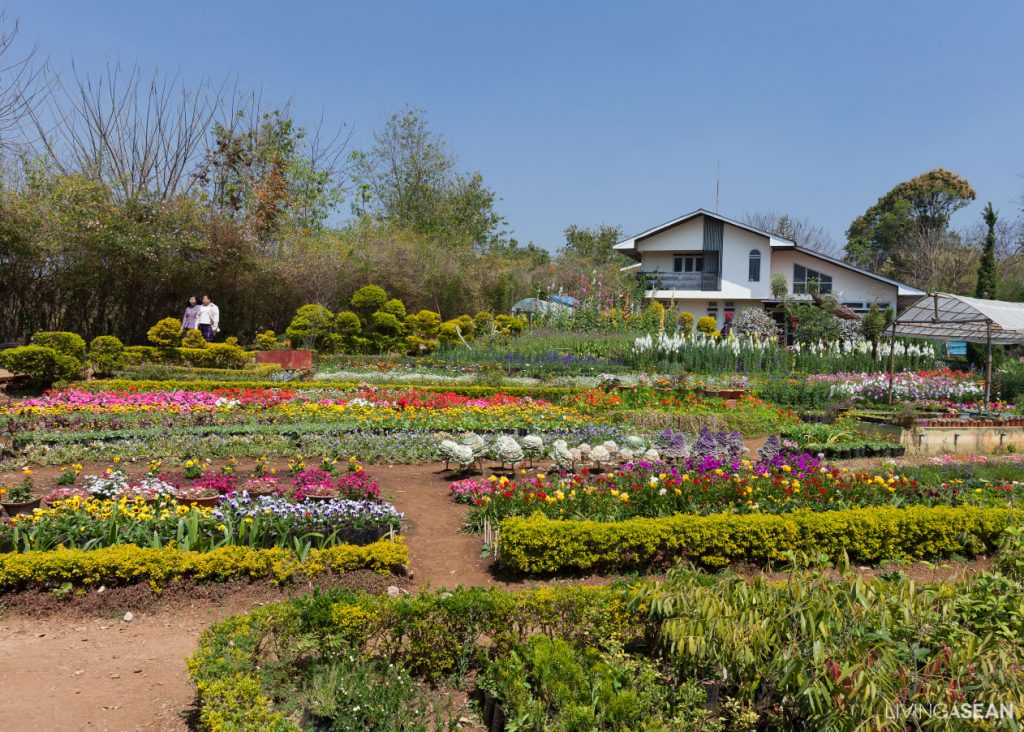
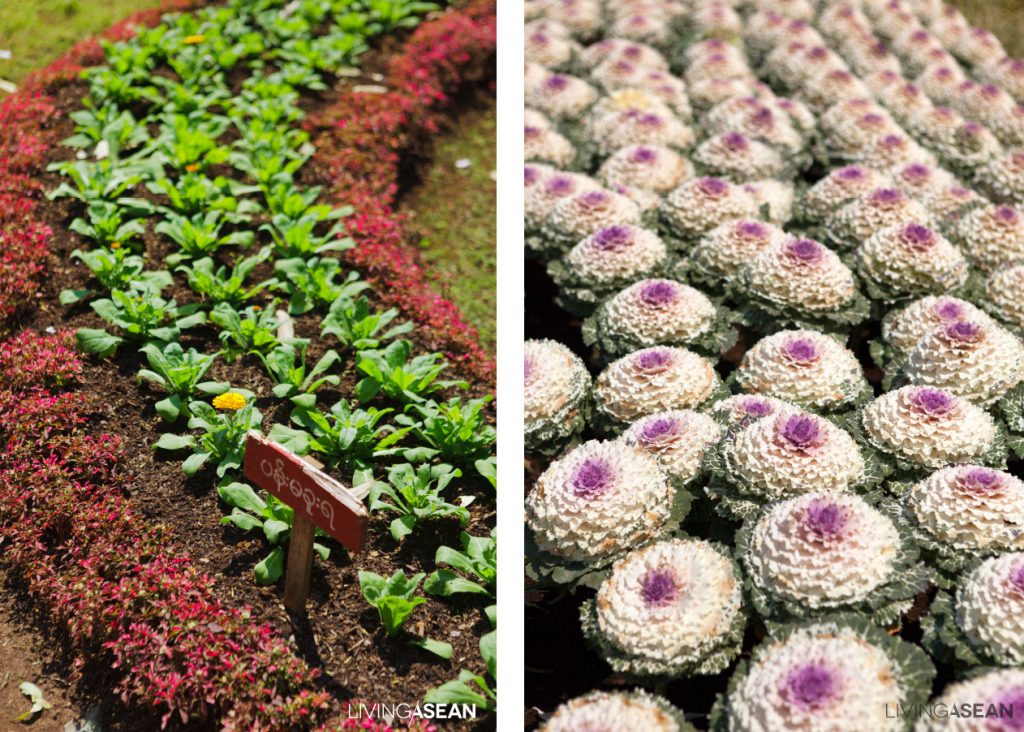
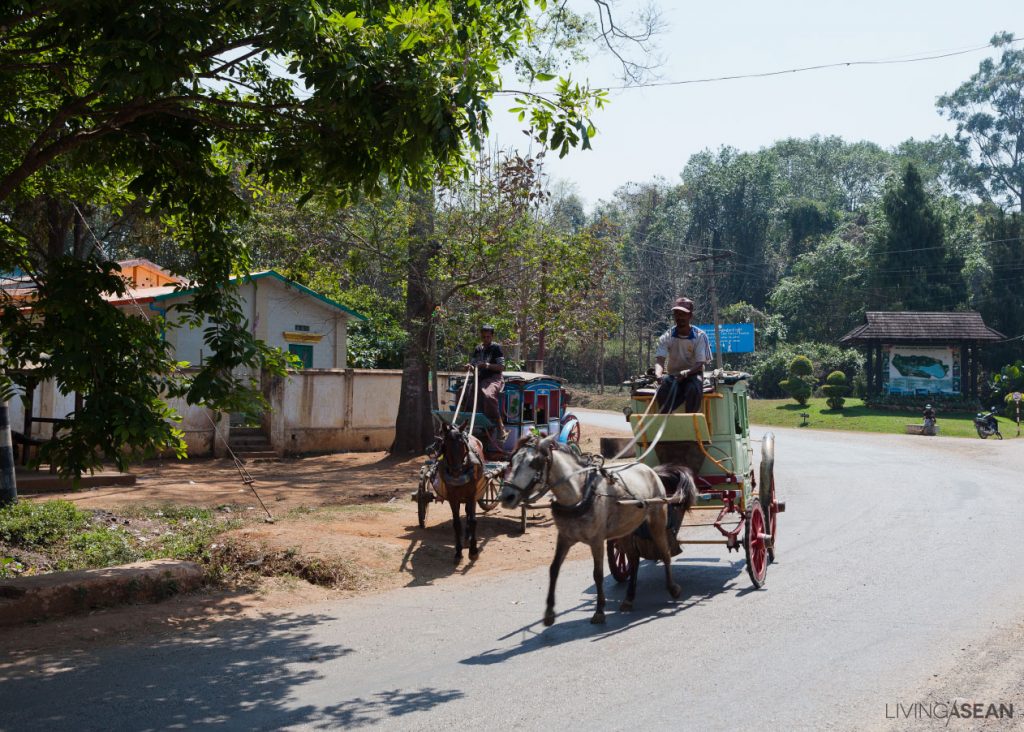
For those inspired by a passion for flowering plants and scenery, Kandawgyi offers blooming fields at various places throughout in the park. Hop a ride on board the horse-drawn carriage for a sightseeing tour. It’s one of several unique features of the Botanical Gardens. There are several vista points to take in mountain views and gaze in awe at towering pine trees along the road.
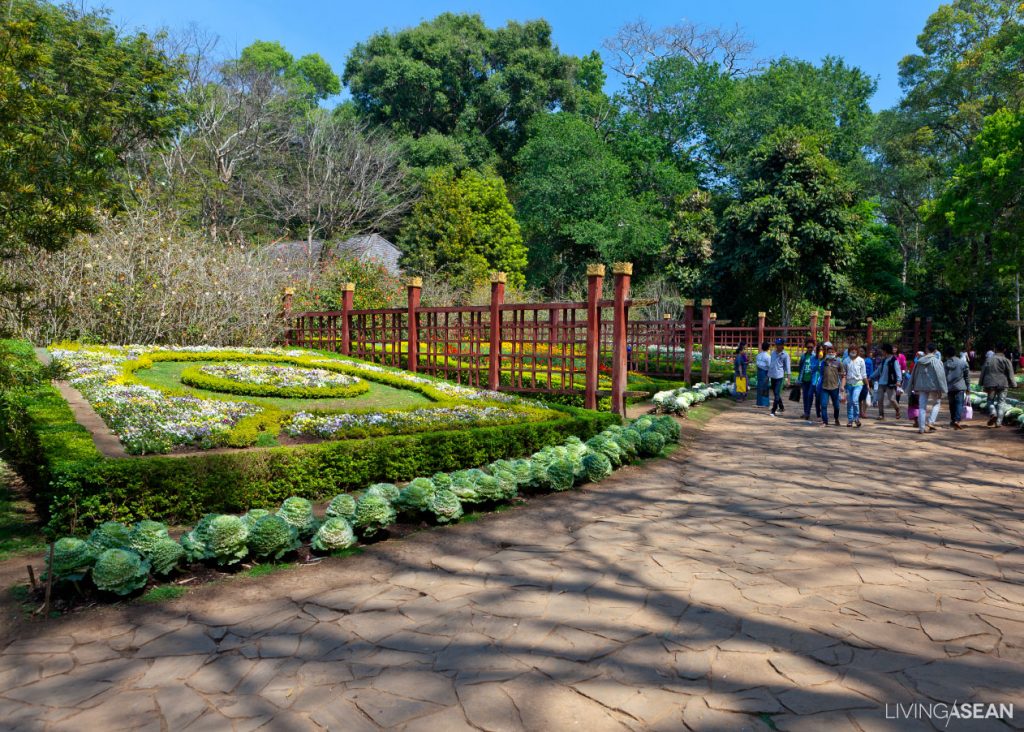
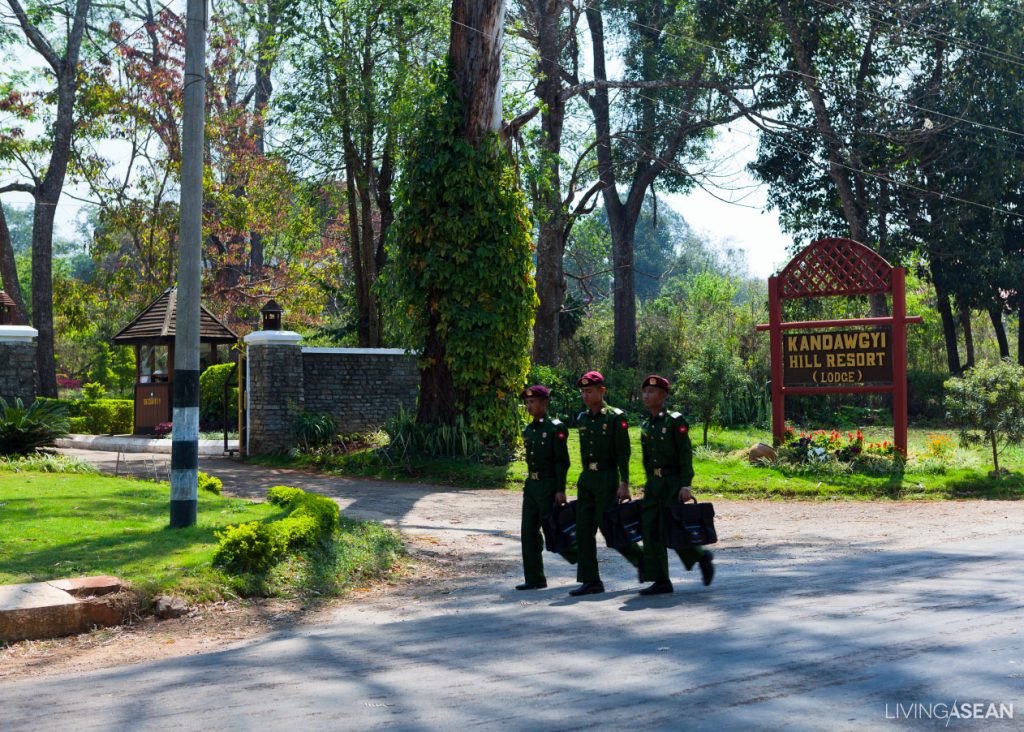
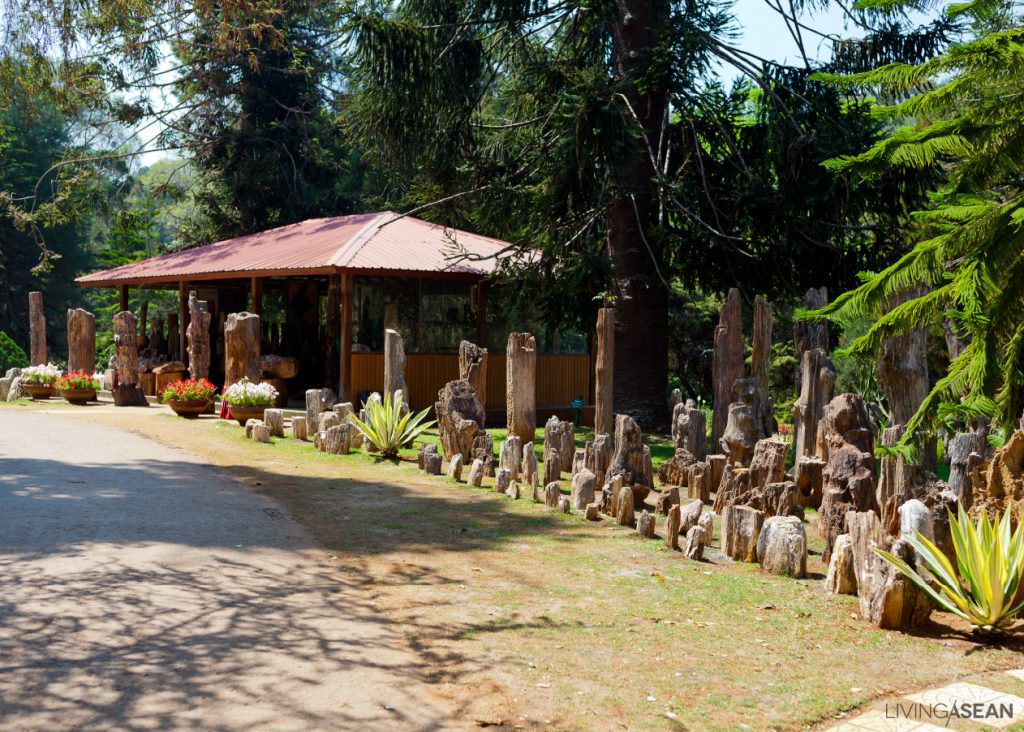
Many natural splendors have transformed the National Kandawgyi Botanical Gardens into an impressive countryside in Myanmar. For the eco-adventurers, these vast parklands promise to be an experience they will long remember.
Link: https://en.wikipedia.org/wiki/National_Kandawgyi_Botanical_Gardens
You May Also Like …
